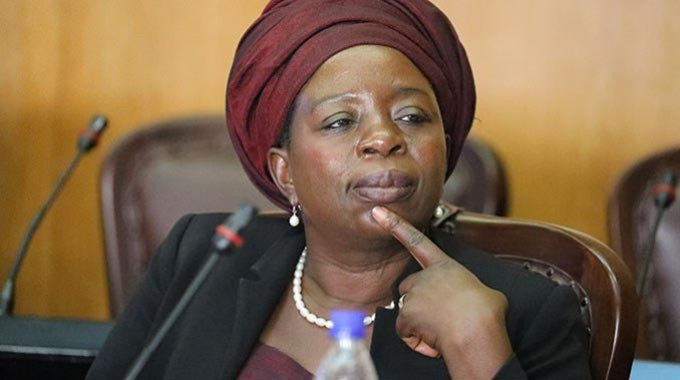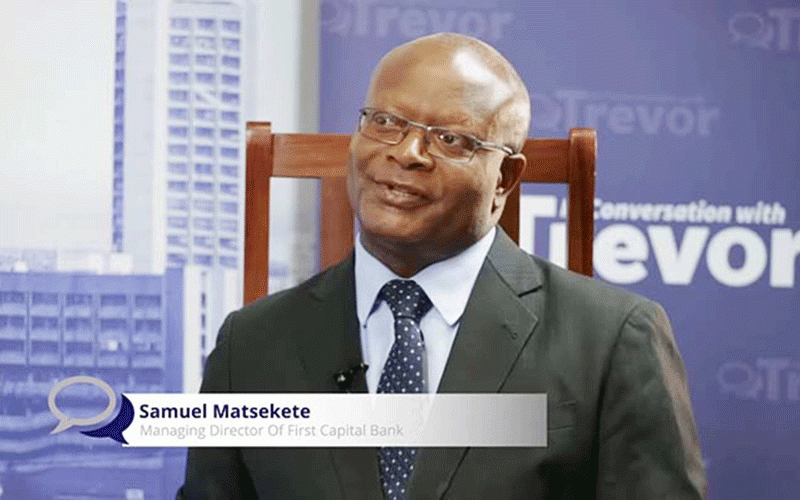
INDUSTRY and Commerce minister Sekai Nzenza has told industry to come up with a joint paper to take to Treasury and the Reserve Bank of Zimbabwe (RBZ) concerning their request to have the 40% export surrender requirement scrapped.
In January 2021, the RBZ raised the export surrender requirement to 40% from 30%, on all exports to shore up foreign currency reserves to support critical commodity imports and the foreign currency auction.
However, many exporters have complained that this forex surrender requirement on top of having to pay value added tax on local forex receipts in foreign currency was further constraining the companies’ ability to import and cater for capital needs.
“The surrender requirements, and what I am hearing from this room, is that it’s making exports not make sense,” Nzenza said, speaking at the Confederation of Zimbabwe Industries congress which began yesterday in Harare.
“And, I cannot answer this right now but what I will suggest as an outcome of this congress, I will seek out from Sekai (CZI chief executive officer Sekai Kuvarika) and the others that I think you need a position coming from this congress that this 40% surrender requirement is hurting and not very competitive within the region so that we can follow this through and we do actually have a result. So, may I just give this to you and the permanent secretary (Industry and Commerce ministry permanent secretary Mavis Sibanda) and others.”
Since the implementation of the export surrender requirement, manufacturers have complained that it has placed an additional cost on their businessses.
With the forex auction failing to service manufacturing firms timeously, companies have turned to the parallel forex market to source United States dollars.
However, as the surrendered portion of export proceeds is converted at the official forex rate that is typically between 30% and 50% lower than the parallel foreign currency rate, this has lowered export proceeds.
- Lupane man survives axe attack
- Mthuli Ncube abandons struggling consumers
- Fears of jobs carnage as crisis deepens
- Fresh warning over bank rate hikes
Keep Reading
Currently, the United States dollar is trading at nearly $581 to the local currency on the official forex market, while on the parallel market it is trading at between $700 and $750.
“How it works is that I export a dollar. The dollar that comes, I give away 40 cents in that dollar and that 40 cents that I give away is at the official exchange rate because I get paid Zimbabwe dollars. So, when the difference between the parallel market and official rate was let’s say — when it was 100%, already there is a discount factor of 40 cents upfront on the topline,” CZI president Kurai Matsheza said.
“I am already losing about 20% (from the entire dollar) already, upfront, because I am having to declare at half the value (from the 40 cents) so that is already hitting me so that is a heavy taxation on the exporter. So, the margin on my exports is already hitting. Twenty percent off and there is no company that can survive on 20% going off.”
Nzenza said issues around the currency and US dollars were an on-going discussion topic with Finance minister Mthuli Ncube, and RBZ governor John Mangudya.
“I would have to speak to my colleague minister, Professor Mthuli, and also the RBZ governor so I couldn’t possibly speak on an indication (as to whether they would reconsider currency policies) right now. But what is important is that we have continued dialogue which also includes the private sector,” Nzenza told NewsDay Business on the sidelines of the congress.
“And you would be pleased to know that CZI and other captains of industry are able to see the Finance minister. He does have an open-door policy and they have continued to engage him.”
- Follow us on Twitter @NewsDayZimbabwe











